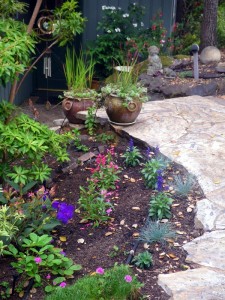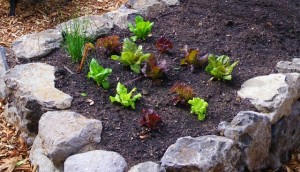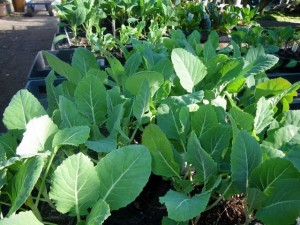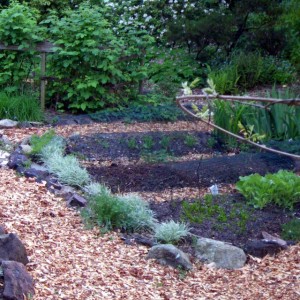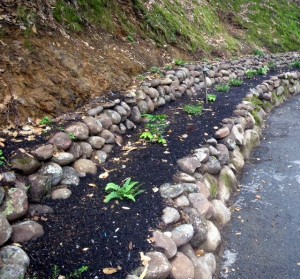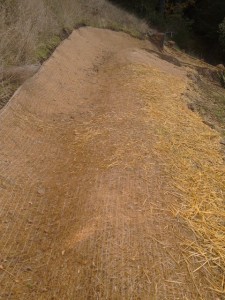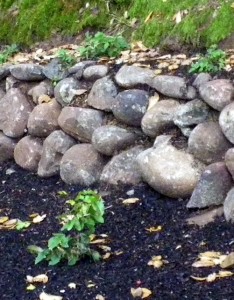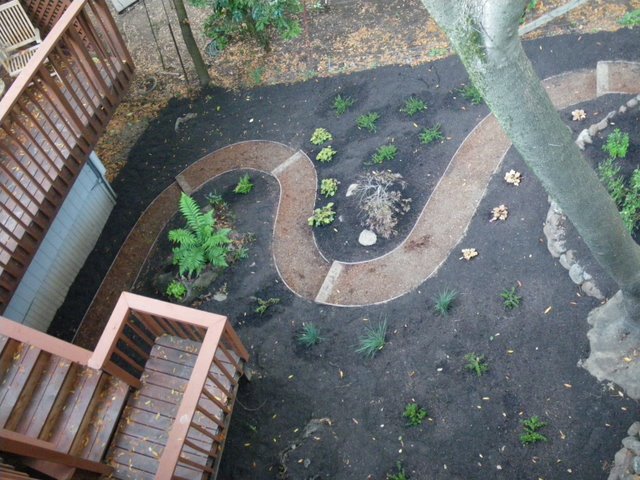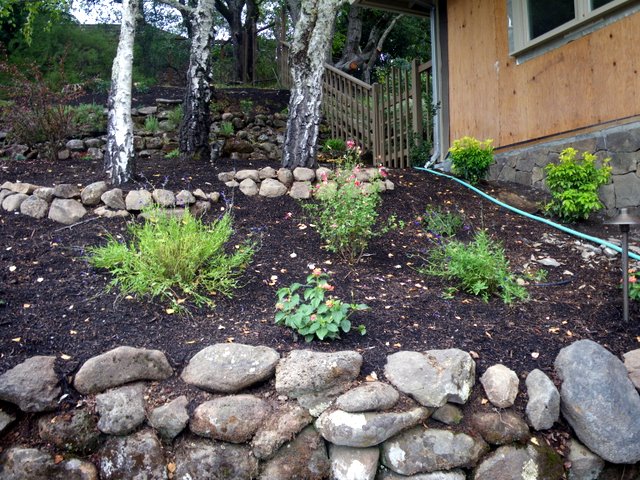by Avis Licht
In the middle of a cold and wet winter day it’s hard to think about what needs doing in the garden. But there are a few items on the to do list that will give your garden a jump on the spring rush.
Be sure to take a walk around the garden and check for erosion from rainy day run off. We’ve had some amazingly strong downpours this year that caused some unwanted waterfalls. Read these posts to correct drainage problems. Sometimes there’s just too much water at once and you have to clean up after the fact. Take a look at my veggie garden: (click to enlarge)
Protect tender garden plants by covering them on frosty nights. You can use row covers, sheets, blankets or plastic.Succulents, citrus, bougainvillea and fuchsias are among the frost-sensitive plants. Use stakes to keep material from touching foliage and remove the coverings when temperatures rise the next day.
Many deciduous trees, shrubs and vines can be pruned now. Do not prune spring-blooming plants until after they bloom. Consult a pruning guide that lists optimum pruning times for different species.
Order seeds for your spring and summer garden. Read these posts I wrote on catalog offerings and seeds choices. Be sure to order my e book : The Spring Garden Made Easy. It will help you get your garden going in Spring. It’s only $4.99 and you can download it right now!
It’s perfect timing to plant those hardy perennials during this season of rain and plant dormancy. It’s important to get down to your local nurseries to check out their stock of bare root fruit trees, soft fruit, and more. Think asparagus, artichoke, rhubarb, blueberries, raspberries, pomegranate and all those great fruit trees. Just don’t work the soil when it is too wet.

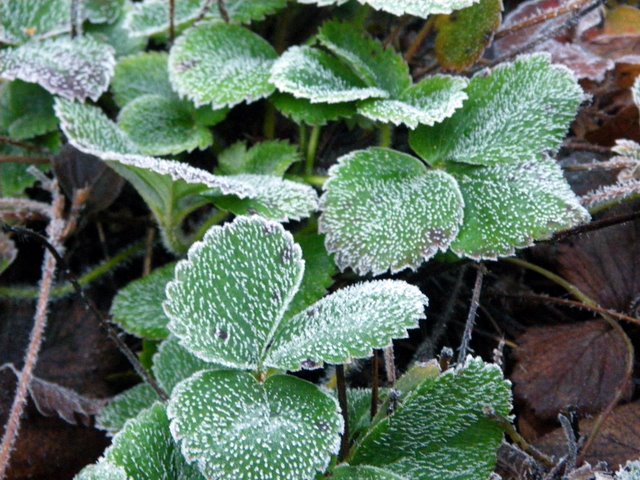
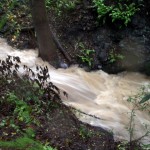
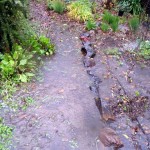
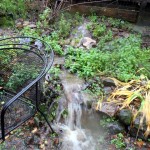
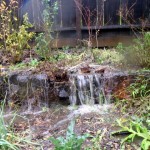
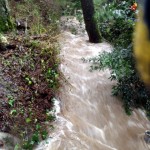

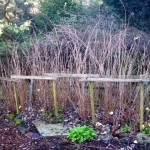
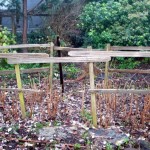
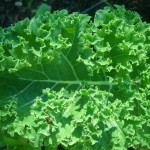

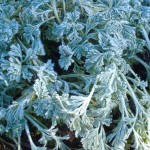
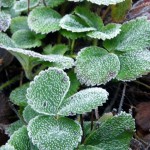



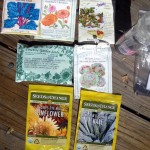
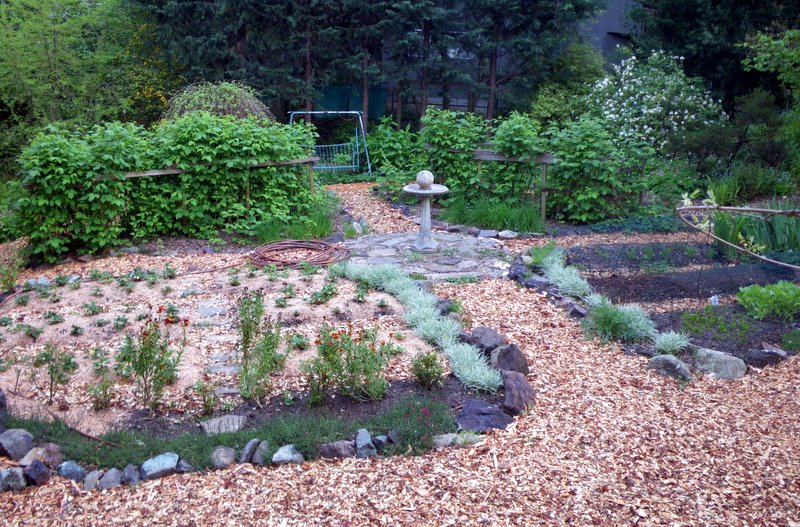
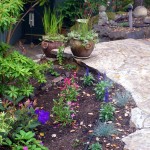
 Follow
Follow

